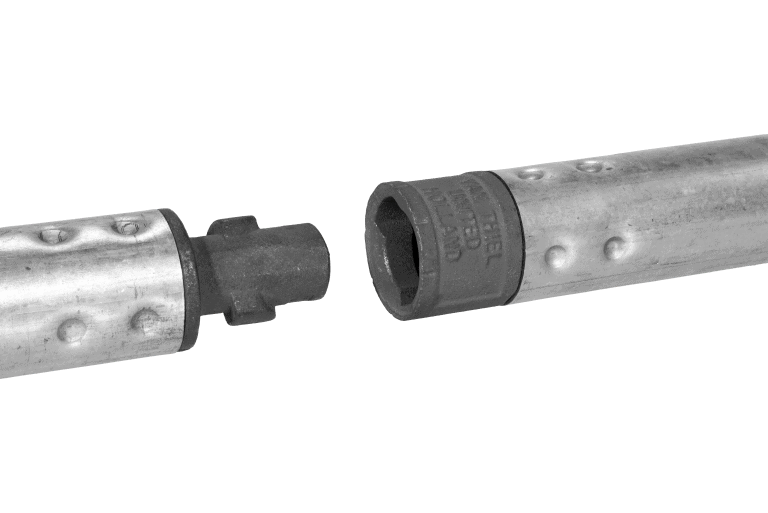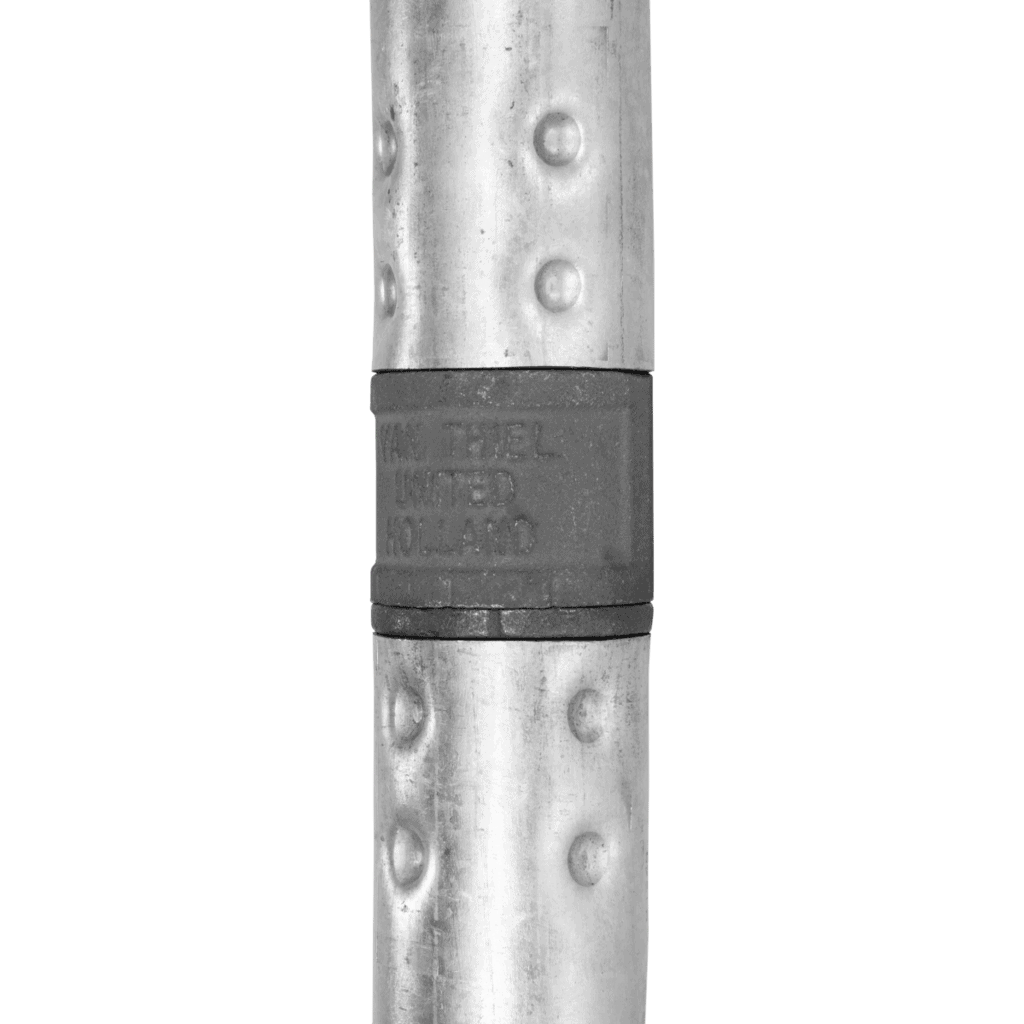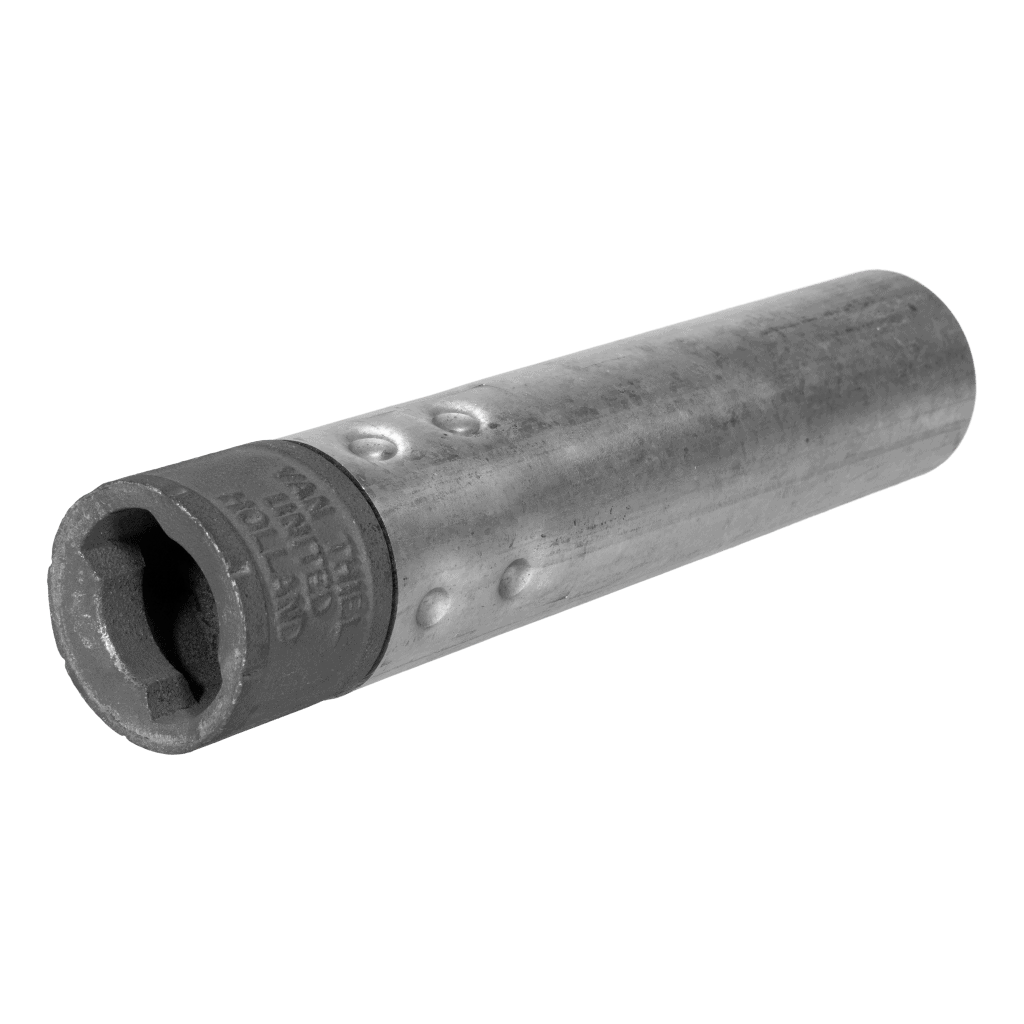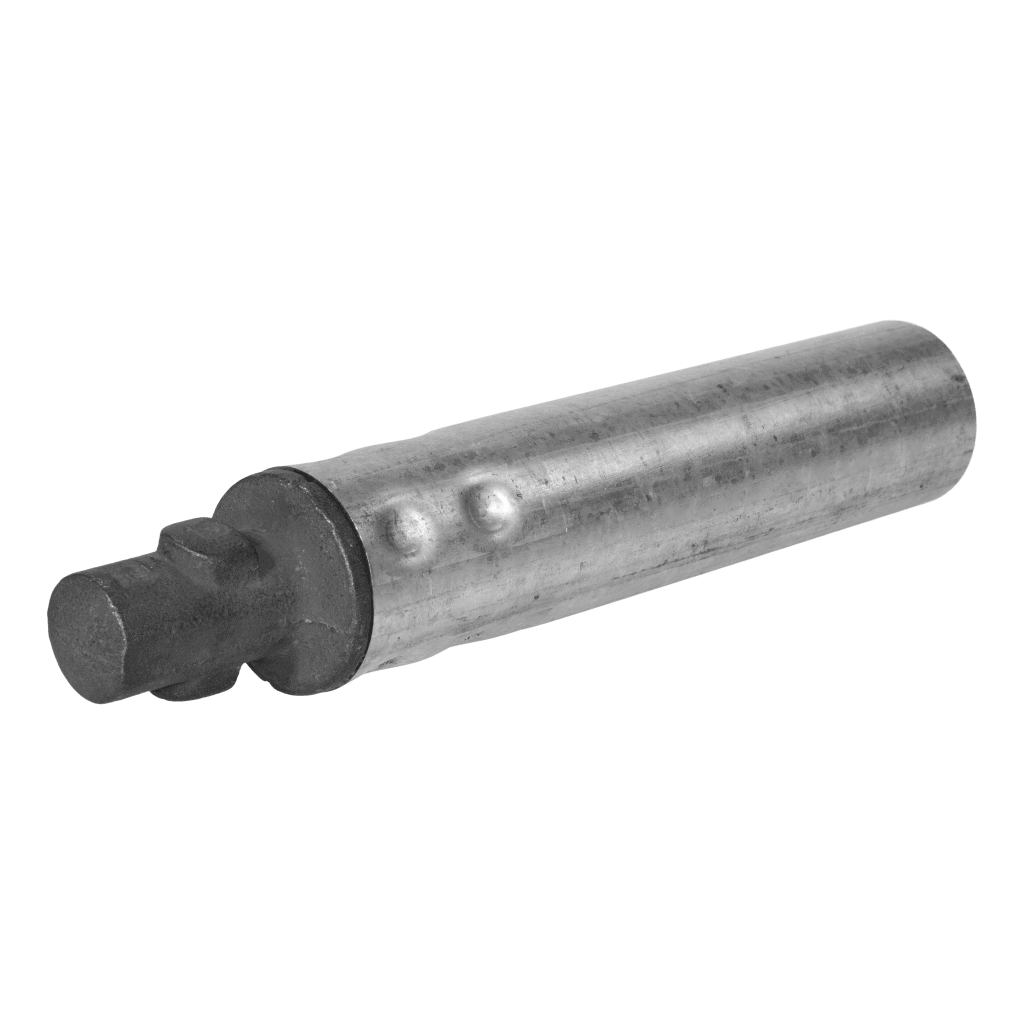Tens of thousands of women across the UK feel unsafe, embarrassed or scared at work because they are required to wear personal protective equipment designed for men’s bodies, according to new findings from the GMB union.
A survey of hundreds of GMB members found more than 70 per cent had experienced problems caused by ill-fitting PPE.
According to the survey, nearly a quarter of women said poorly fitting PPE made them feel unsafe at work, and almost one in five said it stopped them doing their job properly. More than half reported ongoing discomfort, while over one in five said they felt embarrassed. A small but significant number said the issue left them feeling scared.
One woman custody officer said poorly designed “low-rise trousers that don’t work for a lot of women’s body shapes” had led to prisoners making sexual comments because her underwear was visible.
Another woman working in the textiles industry said the issue went beyond discomfort. She warned oversized gloves created an entanglement risk with machinery, while respirators that failed to seal correctly exposed her to hazardous dust and chemicals, putting her long-term health at risk.
GMB is now calling on ministers to update health and safety legislation to ensure all workers are provided with PPE that fits properly. The union is also urging employers to adopt a new British Standard on inclusive protective equipment, developed to address long-standing gaps in PPE design and provision.
Vanessa Roberts, a British Gas worker, said women had spent years being issued PPE that was effectively men’s equipment “shrunk and dyed pink”.
“We need PPE that is truly inclusive, no matter your size, shape, gender or disability,” she said. “With GMB’s campaign and the new British Standard, hopefully we can have PPE that keeps us safe and makes people feel like we matter at work.”
Martina Vrajitoru, who works at Hinkley Point, said she had seen first-hand how poorly fitting PPE affected safety, confidence and morale.
“Inclusive protective gear isn’t just about equipment,” she said. “It’s about recognising every worker’s worth. I hope the new guidelines finally bring the change so many of us have been waiting for.”
The union said the issue affected women across multiple industries and warned that without action, many would continue to face avoidable risks simply because equipment was not designed with them in mind.

















 John Horne, founder and managing director of The JR Group, said the response had exceeded expectations.
“The generosity shown at our 30th anniversary charity gala has been nothing short of overwhelming,” he said. “To raise £170,000 in one evening is truly remarkable and says a great deal about the people who came together to support this cause.
“Every guest played a part in creating a night filled with compassion and hope. It was a powerful way to celebrate 30 years in business while supporting families living with Rett Syndrome.”
All proceeds from the event will support Reverse Rett’s work in funding research, improving clinical care and raising awareness of the condition.
Scott and Kate McMaster, parents of 12-year-old Kim, said the support from The JR Group and its wider network would have a lasting impact.
“This level of support makes a real difference to families like ours,” they said. “Reverse Rett is a small charity, and the awareness raised alongside the funds will have a lasting impact across the Rett community.”
John Horne, founder and managing director of The JR Group, said the response had exceeded expectations.
“The generosity shown at our 30th anniversary charity gala has been nothing short of overwhelming,” he said. “To raise £170,000 in one evening is truly remarkable and says a great deal about the people who came together to support this cause.
“Every guest played a part in creating a night filled with compassion and hope. It was a powerful way to celebrate 30 years in business while supporting families living with Rett Syndrome.”
All proceeds from the event will support Reverse Rett’s work in funding research, improving clinical care and raising awareness of the condition.
Scott and Kate McMaster, parents of 12-year-old Kim, said the support from The JR Group and its wider network would have a lasting impact.
“This level of support makes a real difference to families like ours,” they said. “Reverse Rett is a small charity, and the awareness raised alongside the funds will have a lasting impact across the Rett community.” 




